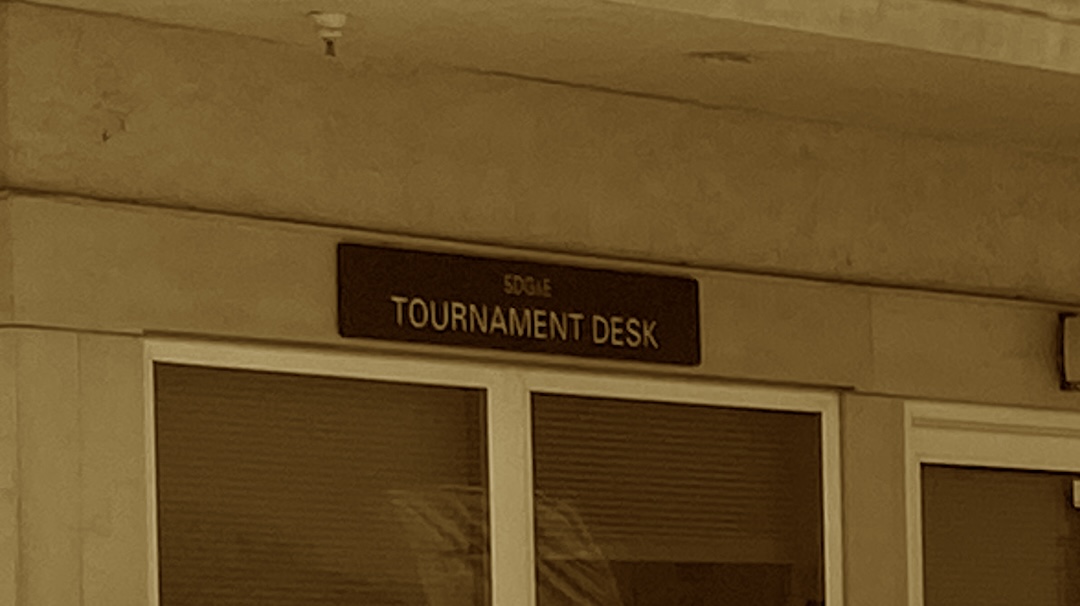Fiend at Court Unplugged
Yesterday we discussed that USTA National league regulations enable the local sections to create residency rules to encourage and foster local league play. We wound up on a rule from the Texas Section regulations that I believe was created under that general umbrella.
A team may have only one player from outside the 50 mile radius of the center of a large city, Fort Worth, Dallas, San Antonio, Austin and Houston. Teams from all other cities can have a maximum of two players from outside the 50 mile radius of the center of the city. If a player does not have the specific league in one of our designated areas, (i.e. Abilene, Amarillo, Austin), he/she can play in another city without it counting as part of the out of city maximum.
2020 Operating Procedures USTA Texas Section Tennis Leagues, Item #13.
It should come as no surprise to anyone who regularly follows this site, that I have some questions about this rule. Today we are going to focus on the definition and determination of a city center.
I asked the Texas Section Adult league coordinator about the location of the city centers. The initial response was that it is calculated using Google maps. The instructions provided were to type in the name of the city, click on “directions”, and type in the player’s address as the destination. The result of that procedure results in the distance of a route rather than a measurement of “as the crow flies.”
In order to calculate the actual distance, there is a “measure distance” feature in Google that can be accessed by right clicking and drawing a line between two points. Following a little more back and forth with the Texas Section Adult League coordinator, I am convinced that is what was originally intended.
So where does Google get the coordinates for the the city center? Executive summary: I don’t know. I spent an inordinate amount of time studying the Google maps API documentation on geocoding locations. I understand the mechanics of the query, but not how the source of the latitude and longitude is determined.
Let me try that again in English. When a user enters a city, such as “Fort Worth, TX” into Google maps, the latitude and longitude are magically returned. This is set by the man behind the curtain. Pay no attention to the man behind the curtain.
Speculation is that the location is generally algorithmically calculated based on the geographic geometry of the location. Google loves algorithms, so this is plausible. However, there is considerable evidence to suggest that the location can also be manually set to a landmark. This is readily apparent by the location of the city center pins for the 5 “Large” cities defined by USTA Texas.
| City | Google Pin Location |
| Houston | Houston City Hall 901 Bagby Street |
| San Antonio | Bexar County Courthouse 100 Dolorosa |
| Dallas | Dallas City Hall 1500 Marilla St |
| Austin | CVS Drug Store Intersection of Congress and 5th St |
| Fort Worth | The Flying Saucer Draught Emporium Intersection of Commerce St and E 3rd St |
It appears that for the three most populous cities in Texas, that the geographic location has been set to an obvious landmark. I would observe that the locations for the other two are more likely the result of an algorithm. That being said, anyone who tries to get the Fort Worth location moved north a few blocks to the Tarrant County Courthouse, will be my sworn enemy forever. It is perfect where it is.
Thinking through this, I am pretty sure that Google would not consult with USTA Texas if the location of any of these cities coordinates were updated. This could cause the absurd situation where a team was in compliance at the start of a league season, but out of compliance by the time it ended.
I am not a big fan of the 50 mile radius rule and in the near future will be examining exactly how this rule supports the objective to “encourage and foster” local league play. That being said, it seems like the center point of the circle should be in a non-dynamic fixed location specified by the section office.
I am not done examining the Texas 50 mile radius rule, but am still pending answers to a couple of questions before pressing forward on that path. In the meanwhile, tomorrow we will take a little side excursion to… Bermuda.
- 2020 USTA League Regulations, https://www.usta.com/content/dam/usta/pdfs/190517_2020_National_Regulations.pdf
- 2020 Operating Procedures USTA Texas Section Tennis Leagues, https://www.usta.com/content/dam/usta/sections/texas/pdf/2020_League_Operating_Procedures.pdf




And further complicating matters, I believe USTA allows PO Boxes as legitimate addresses.